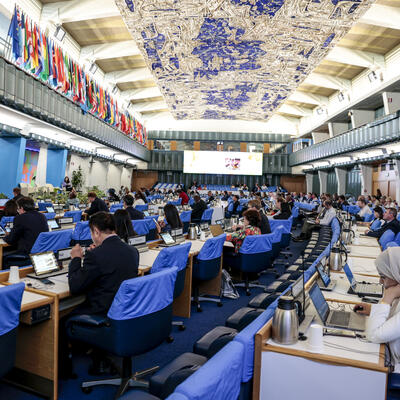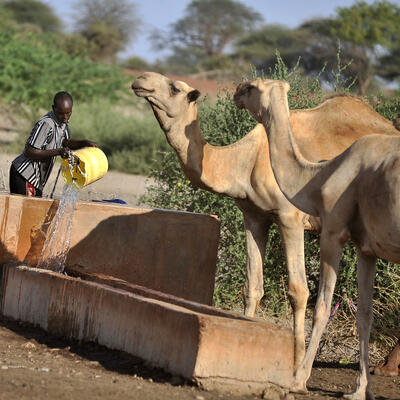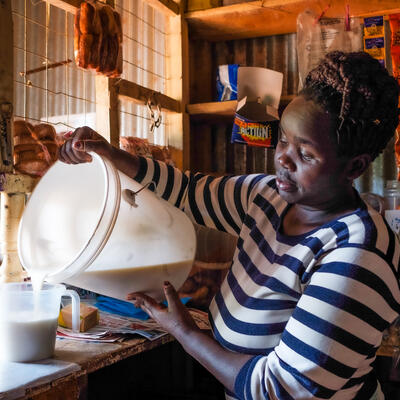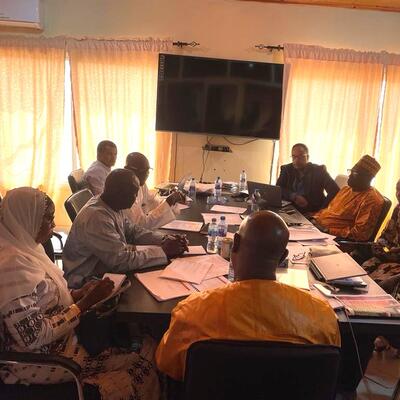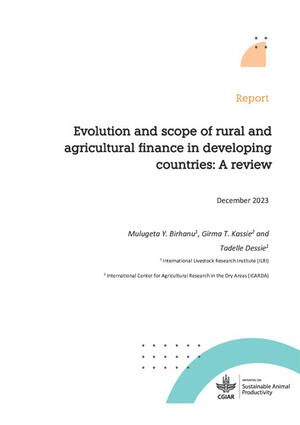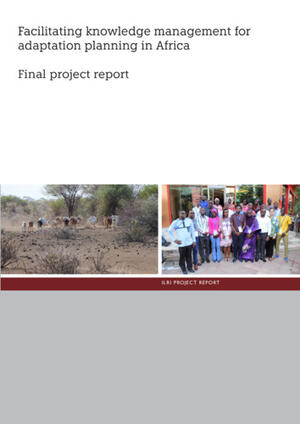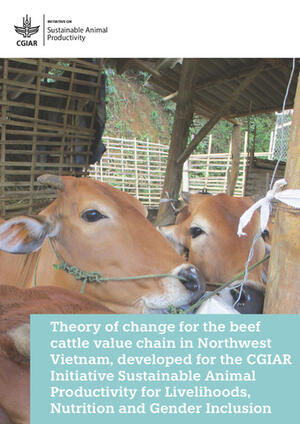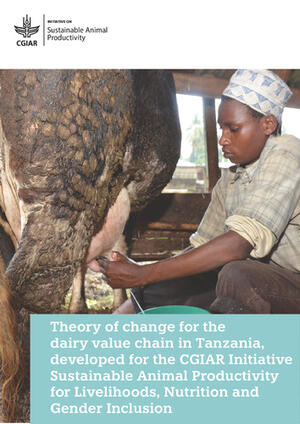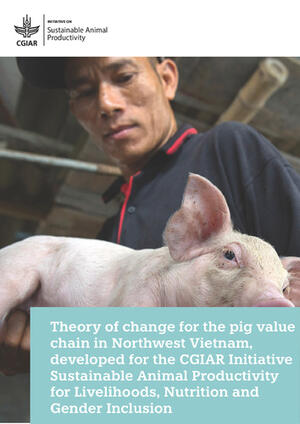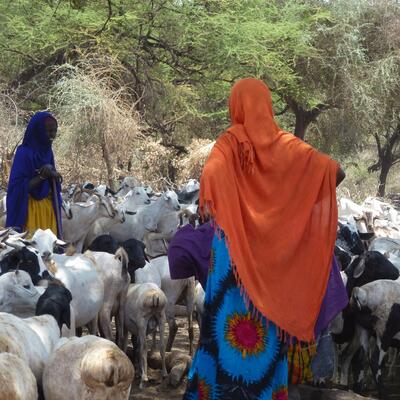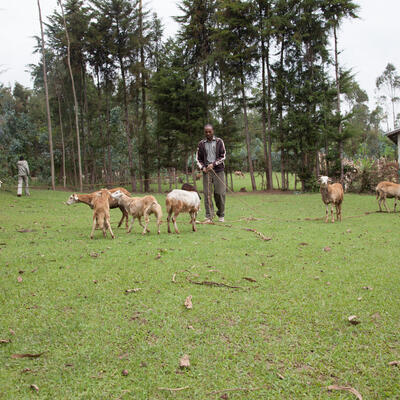
Improved livelihoods in the Sahel through developing and implementing bio-economic decision support systems at the household level
Improving the livelihoods of Sahelian populations, who are in majority small holders, depends largely on increasing crop and animal productivity and better targeting of local/regional/international market opportunities. Production systems in the region are evolving rapidly and facing challenges to increase output due to high population growth rate (about 3% per annum), large inter-annual climate fluctuations and problems with preserving the long-term productivity of the natural base.
Agricultural research in the Sahel (like in most Sub-Saharan Africa) has so far had a much lower impact than expected. There are multiple reasons for this, the main ones being:
- the incomplete understanding by researchers of farmers’ priorities and strategies;
- weakness of extension services and incomplete exchange mechanisms between farmers-development-research and extension;
- thematic research promoting single technologies or semi-finished research products;
- insufficient efforts given to integrative research with a strong socio-economic component; and
- the complexity and heterogeneity of Sahelian production systems.
Project Objectives/Goals: Improve income and reduce the dependence of Sahelian rural populations with respect to climate and market Better understanding of Sahelian agro-ecosystems, their short and long term dynamics and farmer decision making process in response to climate fluctuation and increased land use pressure;
- Decision support systems developed, fine-tuned and implemented through participatory approaches;
- Appropriation of most promising crop and animal production technologies by farmers;
- Farmer organizations empowered by improved access to information and decision-making aid.






